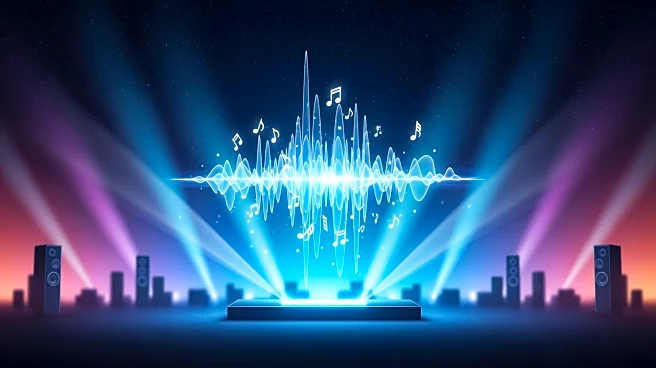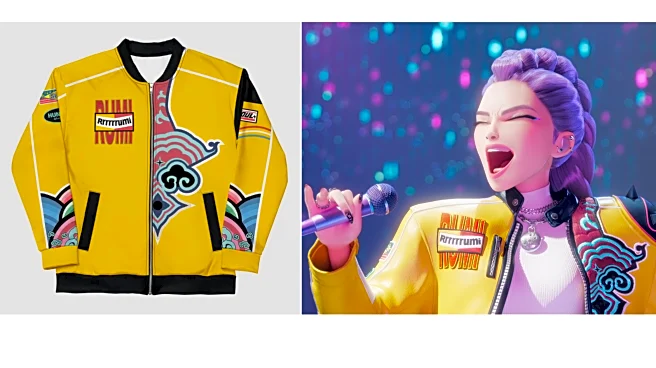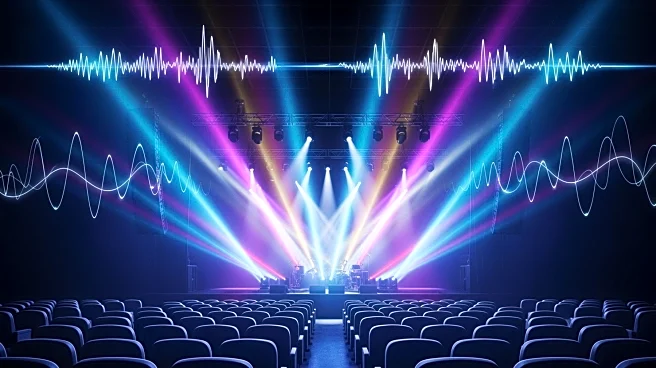What's Happening?
The 2012 Coachella Valley Music and Arts Festival marked a significant moment in music history with the debut of the 2Pac hologram. This technological feat, featuring a virtual performance by the late
rapper, captivated audiences and generated global headlines. The festival, known for showcasing diverse musical genres, highlighted the transition of popular music trends, with EDM and hip-hop gaining prominence over traditional rock acts. The hologram's debut was part of a lineup that included major artists like Dr. Dre and Snoop Dogg, and it symbolized a shift in how live performances could be experienced.
Why It's Important?
The introduction of the 2Pac hologram at Coachella represented a turning point in live music performances, demonstrating the potential of technology to revive and celebrate iconic artists. This innovation paved the way for future holographic performances, influencing how festivals and concerts are curated. The event underscored the growing influence of hip-hop and EDM in mainstream music, challenging the dominance of rock and reshaping festival lineups. The hologram's impact extended beyond entertainment, sparking discussions on the ethical implications of using technology to recreate deceased artists.
What's Next?
The success of the 2Pac hologram may encourage further technological advancements in live performances, with more artists potentially exploring holographic technology to enhance their shows. Festivals like Coachella could continue to push boundaries, integrating cutting-edge technology to create immersive experiences for attendees. As the music industry evolves, stakeholders may need to address ethical considerations surrounding the use of holograms, including consent and the representation of artists' legacies.
Beyond the Headlines
The use of holograms raises important ethical questions about the commercialization of deceased artists and the authenticity of live performances. As technology advances, the music industry must navigate the balance between innovation and respect for artistic legacies. The hologram phenomenon also reflects broader cultural shifts, where technology increasingly influences how audiences engage with music and entertainment. These developments may lead to new forms of artistic expression and redefine the boundaries of live performances.












